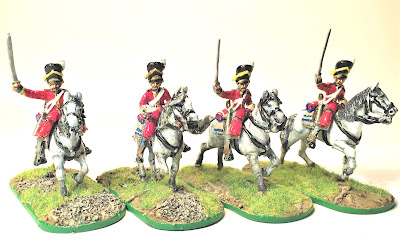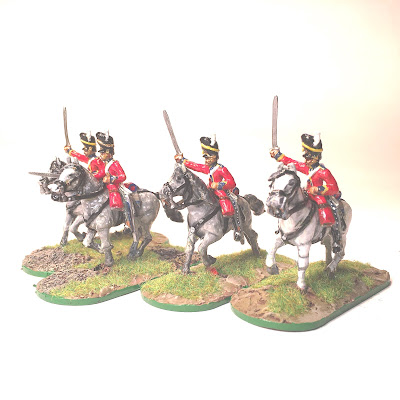Rise of the Sikh Soldier by Gurinder Singh Mann.
It is always good to get a different viewpoint, an alternative opinion. Lets face it the same old same old becomes monotonous. That goes for many things including views of history.
You do get tired of the Euro- centric view or even a North-Americano- centric view and yes tired of an Anglo centric view as well.
So when this new Helion title swam across my ken I was immediately interested not to say fascinated by the premise.
Regular readers of my blog will know of my interest in Indian Military History -and not just the British segment either- indeed I have written upon the subject and am currently engaged upon another such so I suppose you could say I have form.
Not as much as Gurinder Singh Mann though, who has studied Indian and particularly Sikh history for many years.
So what do we have?
In 12 Chapters, Seven appendices and 260 plus pages we have laid out before us the story of the Sikh soldier from the beginnings in the late 17th century until what might be termed 'the high point of the British Raj' in 1900.
The early chapters I found especially fascinating detailing , as they do, the Sikhs fight for independence against the once mighty Mughal Empire. A Sikh army, for example, occupied Delhi for a time in the 1780s with an army of perhaps 30,000 cavalry. In the snakepit that was the political life of northern India in the 18th century they fought Mughals, Marathas and Afghans at various time as well as - quite often , each other as the various Misls or 'Commonwealths' fought for territory. Yet despite not infrequent internecine squabbles the Sikhs would almost always unit against external enemies.
The book also details organisation and tactic of the early Khalsa before that formidable army's partial 'Europeanisation' under the Sikhs greatest leader Ranjit Singh during the first three decades of the 19th century. Further detailing the numerous campaign that Ranjit Singh and his generals both European and Sikh fought to extend the Sikh Empire throughout the Punjab and beyond.. The two short but bloody wars against the British are also covered- as one would expect but from the Sikh perspective. This certainly added depth to my Anglo-centric knowledge of these campaigns. The final chapter give a brief rundown of some of the campaigns of the later 19th century in which the Sikh regiments of the British Indian Army took part
Maps and illustrations are excellent including many I had never seen previously and the discussion on the flags of the Khalsa I personally found very useful indeed. Gurinder Singh Mann's scholarship and knowledge of Sikh history is evident throughout and his use of Sikh sources often unknown to me add depth especially to those parts of the story I thought I knew.
I have no intention of going through this fine book chapter by chapter- you should buy it to do that. Suffice it to say that it belongs on any bookshelf with an interest in Indian Military History and of course of Sikh History in particular.
Recommended.




